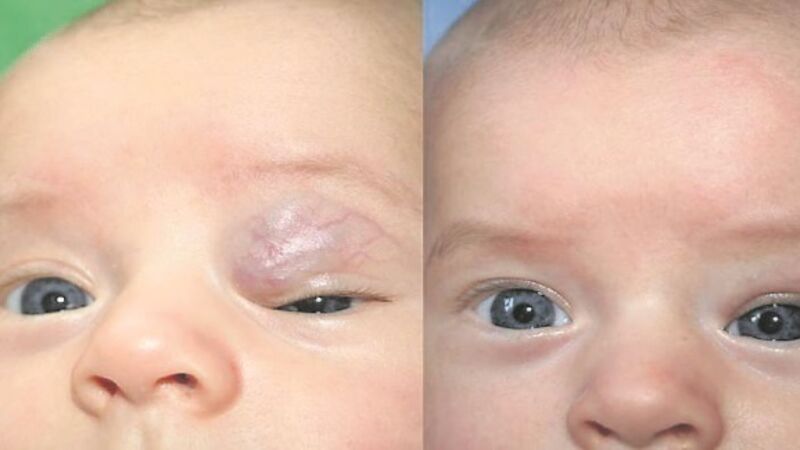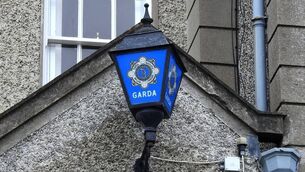Treatment improves for ‘strawberry marks’ condition that can be potentially life-threatening

The national pilot scheme will allow GPs email a photo of an infant’s haemangioma or “strawberry mark” to a dedicated HSE email address where it will be reviewed by a consultant paediatric dermatologist. If the haemangioma — bundle of excess blood vessels under the skin — is high risk, the infant will be referred without delay to a paediatric dermatologist in either CUH, University Hospital Galway, Temple St, Crumlin Children’s Hospital, or Our Lady of Lourdes Hospital in Drogheda, depending on where they live.
Project co-ordinator Dr Michelle Murphy, CUH paediatric dermatologist, said only a small number of babies with a haemangioma need to be treated, but treatment was “time sensitive”.
“The haemangioma is not usually there at birth, it usually appears within a couple of weeks. It starts as a flat red mark and increases rapidly in size between 5.5-7.5 weeks of life and those treated earlier have better outcomes,” Dr Murphy said.
Depending on where the haemangioma occurs, the effects can range from minor cosmetic issues to life threatening. Untreated, it may lead to visual loss, breathing difficulties or long term facial deformities. If diagnosed and treated in time using oral propranolol — discovered as an effective treatment in 2008 — the effects can be dramatically reduced. Treatment success is greatly improved if infants are commenced on therapy as early as possible after the haemangioma presents.
Dr Murphy said the cause was unknown but that haemangioma affects 2%-5% of infants, and is more common in Caucasians, females and babies with low birth weight.













